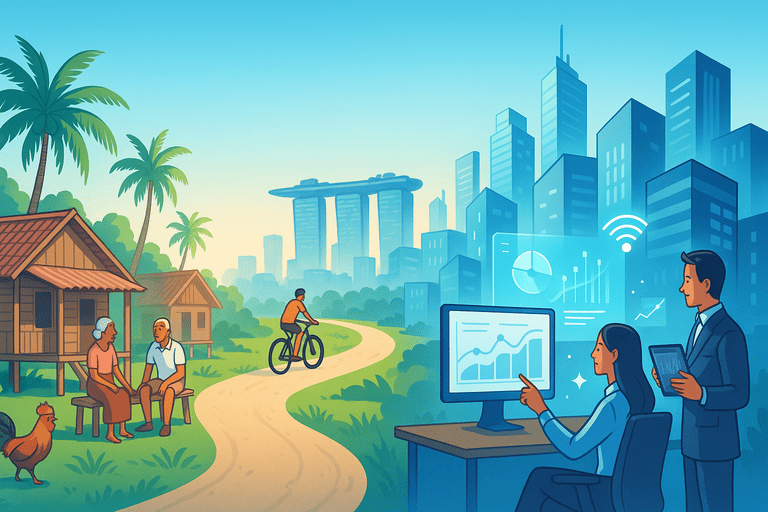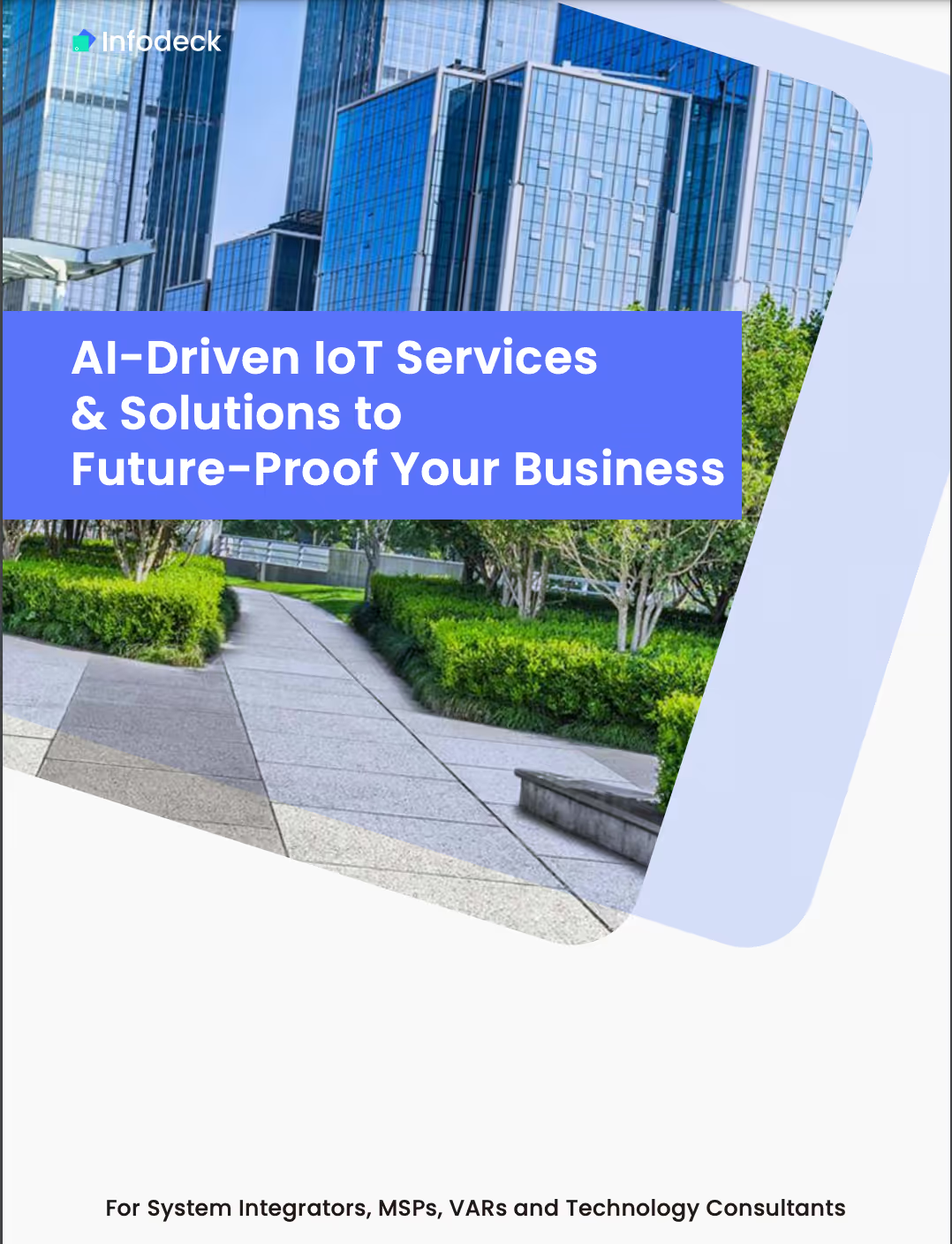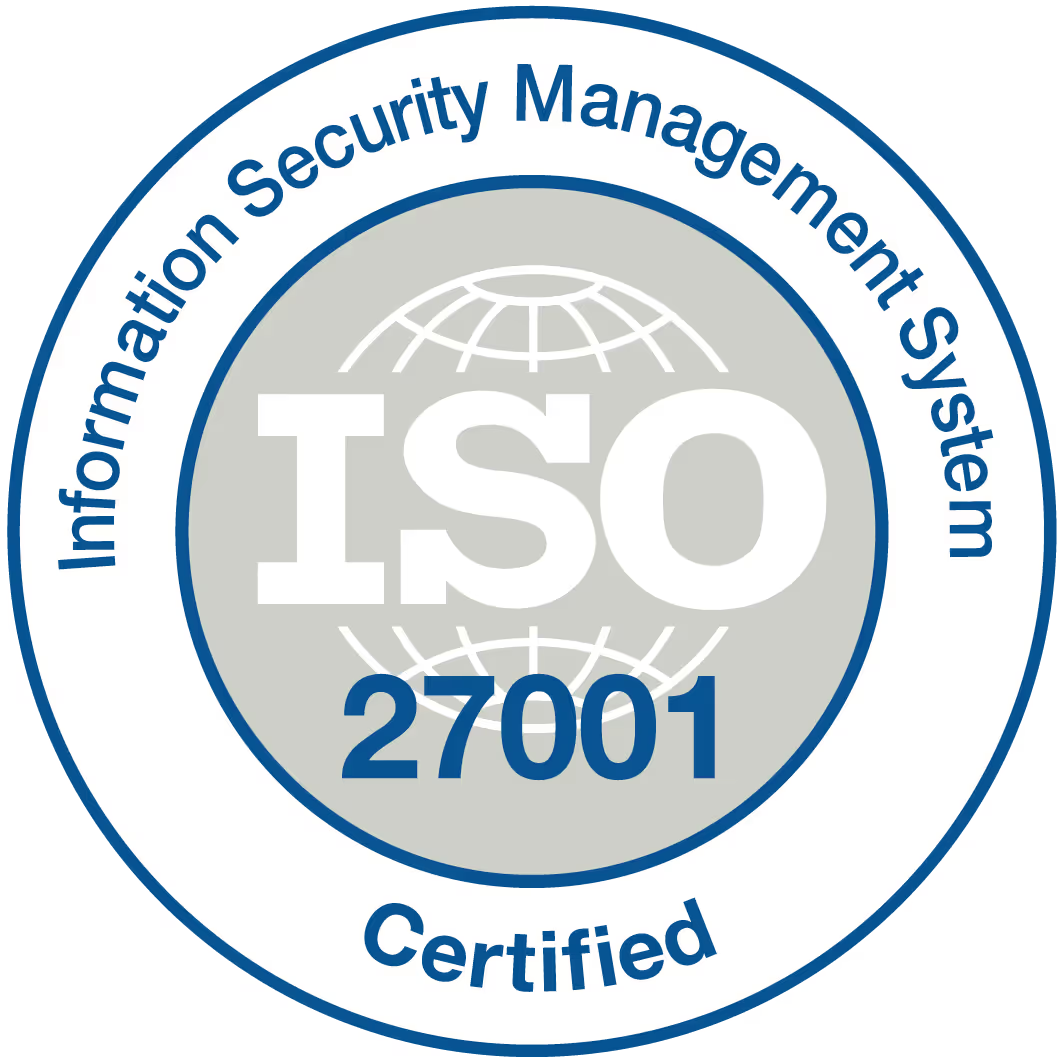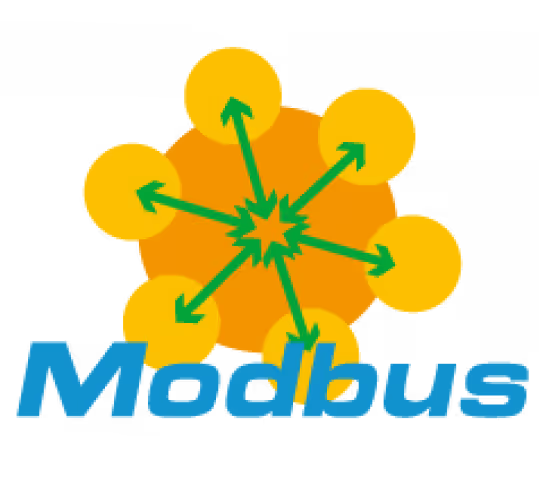How can IoT help create energy-efficient Green Buildings?
Becoming energy efficient is a need of the hour. Over the last decade, the emphasis on sustainability and green energy has weighed more than ever. At such times, the global audience is closely watching companies and their commitment to a sustainable and ecological world. Among others, IoT can allow companies to develop their energy-efficient green buildings, as covered here.
The need for IoT to create Green Buildings
There is a common thought process about green buildings among the general audience. Most efforts towards sustainability are effective. However, they are quite limited in terms of mindset as they emphasise the use of materials and design of structures. These items do affect the environment, but their effects do not necessarily recreate and multiply.
That’s why it is important to address the most effective part, which is a sustainable execution. In buildings, how things are used, utilised, and managed can have a substantial contribution to ecological effects. IoT can help look after this area of execution and help ensure that no ill practices are left unchecked in the system.
IoT can help monitor different real-time parameters of a facility. The use of sensors, connectivity, and edge processing devices allows green buildings to look after the ongoing operations. Thus it can allow administrations to mitigate any energy-consuming or unsustainable proceedings. Such reinforcement cuts down significant unnecessary power consumption and resource wastages, leading to a healthier and sustainable world.
What does an energy-efficient green building look like?
“Green Building” is the word often used for infrastructures that are built around the core values of sustainability and preserving the environment. Energy-efficient green buildings primarily focus on utilizing every bit of energy in effective ways. Here is what a smart, eco-friendly infrastructure looks like:
- Controlling office devices efficiently
The expense of unutilised power consumption can be a game changer for many organisations with big facilities. For instance, if someone is leaving the air conditioner on in an empty room, then it will lead to the waste of energy while producing a harmful effect on the environment.
For such cases, IoT can allow administrators to keep a check on the occupancy of a particular room along with the ongoing power consumption by different products. Simple remote monitoring and controlling of devices can save hours of ineffective energy consumption.
- Understanding the usage patterns & forecasting
Data logging can allow green buildings to look after the usage patterns of different users in field areas. Search user patterns can be a great indicator of ongoing power consumption and whether it is justified. In case of an abrupt energy outbreak, administrators can look into the root causes and take immediate mitigation actions.
Such supervision can help against short circuits, fire breakouts, and other hazards. It can eliminate energy wastage and minimize any potential pollution. Additionally, the understanding of power consumption also allows green buildings to forecast the need for energy. Such forecasting can help buildings to further empower their sustainable energy resources.
- Using energy-efficient solutions
One Prime example of using energy-efficient solutions is installing PIR motion detection lights. Search motion detection lights only operate when there is some human movement detected with the help of passive Infrared sensors. Such lights would automatically turn on and turn off as per the need, saving a lot of energy and effort.
Another example of such an energy-efficient IoT solution is a smart HVAC system that operates when there is a need and goes for a deep sleep otherwise. Edge processing devices can also indirectly contribute to sustainability by condensing the whole dataset into useful insights. It significantly decreases the storage needs, power consumption, and pollution emissions associated with vast storage.
- Transforming existing buildings with IoT
Existing Infrastructures can be transformed into smart, automated buildings with the help of IoT sensors and devices. Imagine using a parking facility where you are already aware of the available parking spots. Such functionality would help you reduce your time, save fuel, and eliminate unnecessary traffic congestion.
IoT sensors are easy to install. On the other hand, rebuilding old constructions from scratch is extremely difficult. Therefore implementing a wireless IoT network is the efficient way forward to developing green buildings.
How IoT complies with the needs of a green building?
IoT itself has evolved over the years. At this point, IoT devices have grown much more considerate of their consumption and their effects on the environment. Here are some of the reasons why IoT is aligned with sustainable needs.
- Energy-efficient wireless communication technologies
Technologies such as LPWAN allow IoT infrastructures to leverage an extended range through the router. These technologies also consume minimal power at the same time, allowing a years-long battery life for devices.
- Long battery life
IoT allows a long battery life for devices, ensuring minimum maintenance is needed. Such devices can be installed in discrete locations and can work seamlessly without any errors, even beyond 10 years. There is no need for maintenance or battery replacement for most IoT devices.
- Lower investment cost
The lower cost of developing and implementing IoT solutions is another useful advantage that makes green buildings feasible. The cost of implementation is one-time, with minimum recurring charges for data storage on the cloud. With IoT, businesses can go green without compromising their profits.
- Availability of smartphones
Smartphones can act as the end-user interface for green building applications. It means that there is no need to have a separate screen just to monitor the data. Through smartphones, important notifications and alerts are just a few taps away.
- Using low-power devices with sleep modes
Some IoT devices can stay on and dormant until they are triggered by time or an event. Such deep-sleep devices can consume minimum power, making them green and sustainable.
Moreover, these IoT devices have a longer operational life and do not have to be replaced very often, which eliminates any waste of materials. Lastly, IoT devices are compliant with industry standards for electronic devices such as EU, UL, RoHS, etc. Making them a healthy fit for the environment, from the materials used to radio wave emissions.
Summary
It is an important and unavoidable obligation to go sustainable. To make such a transformation easy for you, we have catered a range of products and solutions at Infodeck that you can implement in your green buildings.


.png)
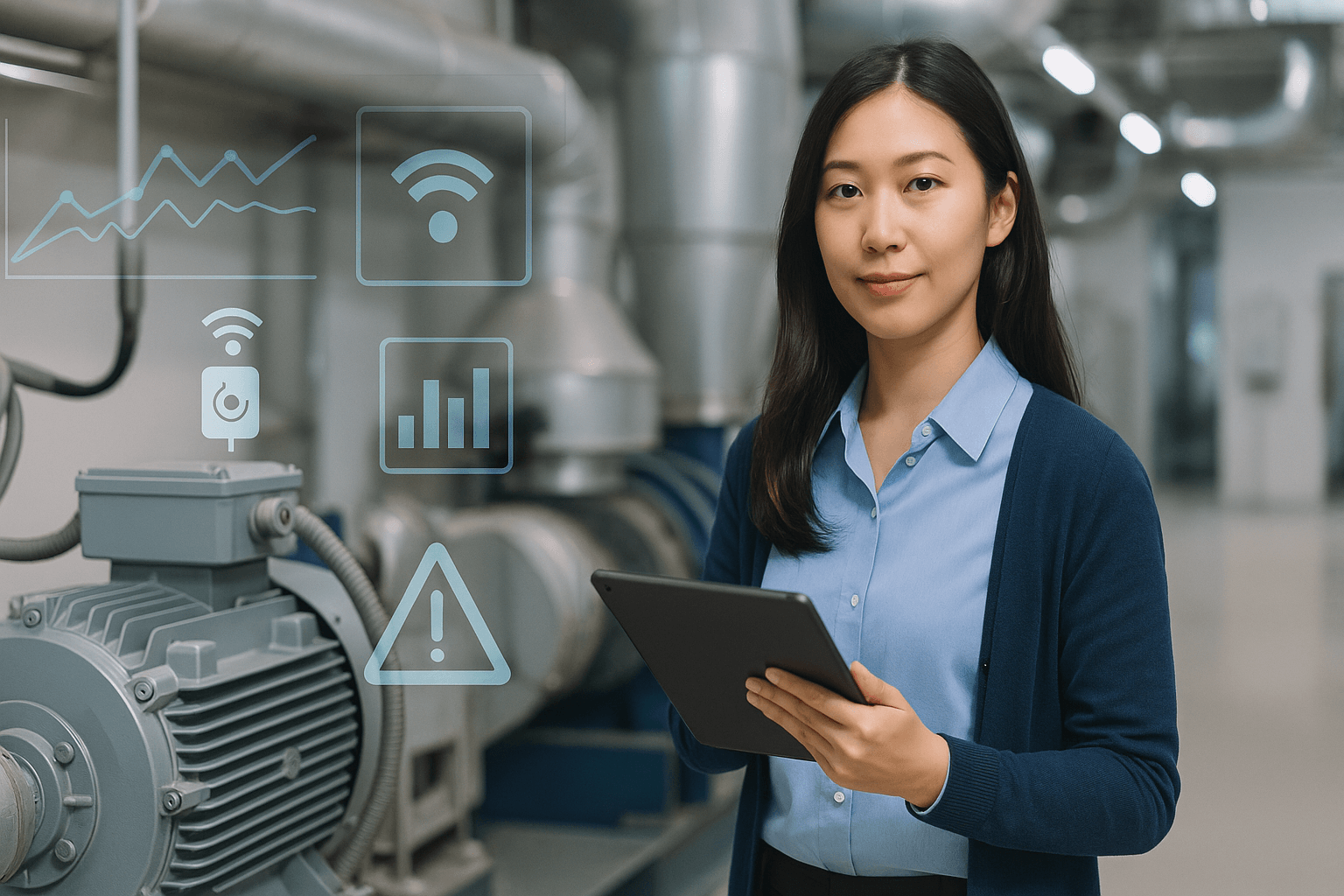

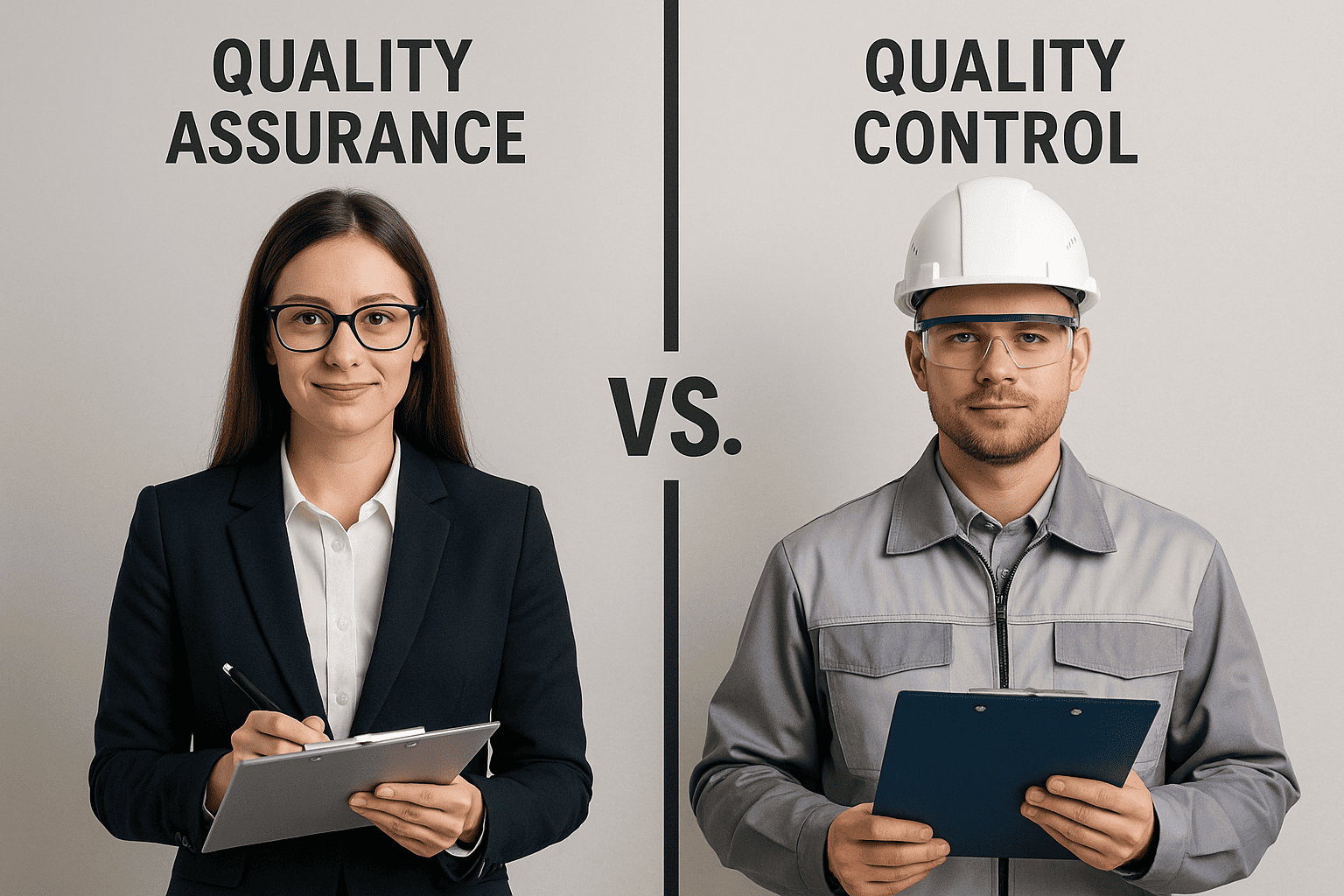

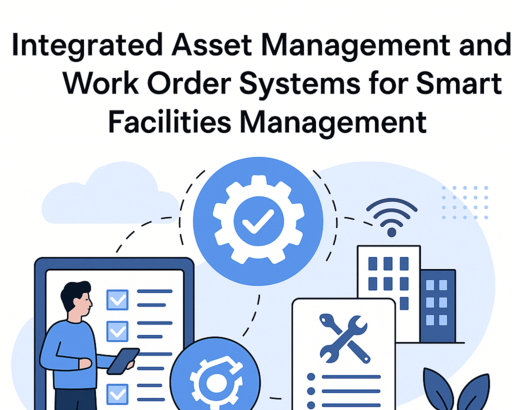
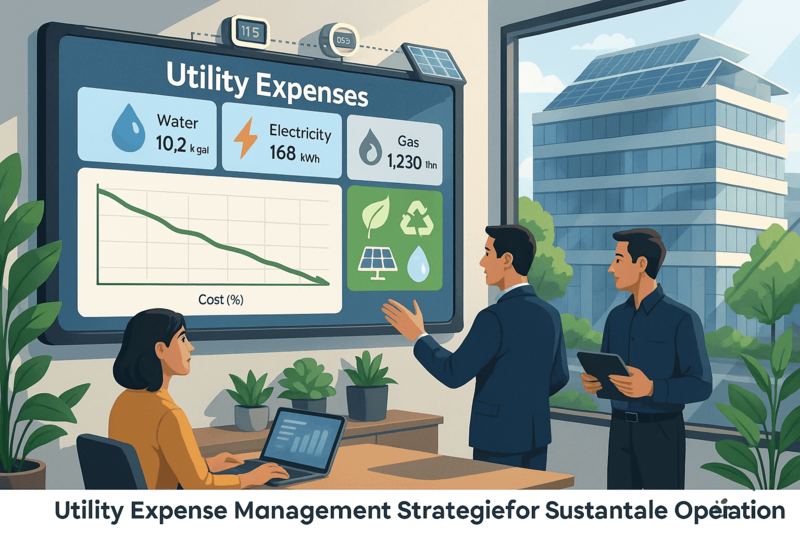


.png)




.png)
















.jpeg)





